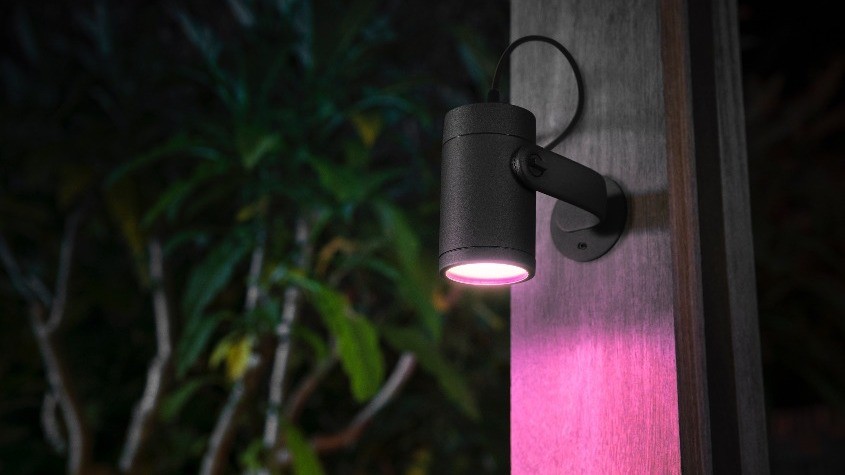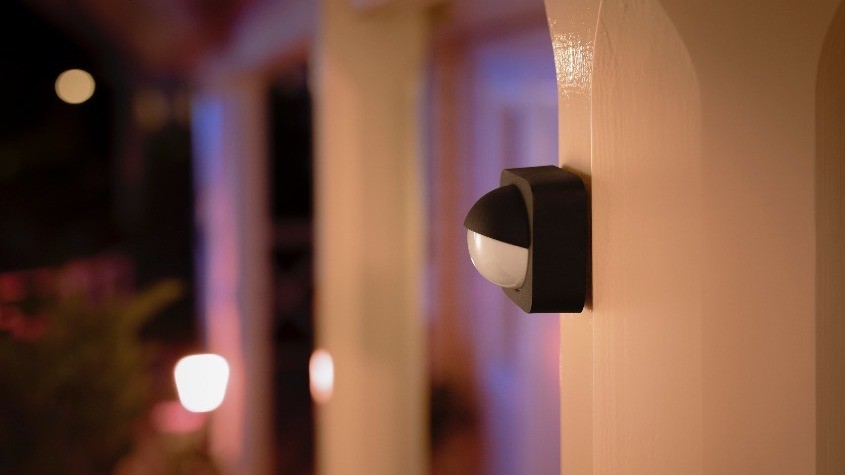21 April, 2022
Our outdoor spaces can often become littered with tripping hazards, from hosepipes and flowerpots to garden tools and children’s toys. And stubbing your toe on that unexpected obstacle is even easier to do once the sun’s gone down.
So, why not try these handy tips to light up your outdoor pathways? They’ll help make it easier to see where you’re going, control your lights, and beautify your outdoor space — no matter how many things you've got lying around out there!





